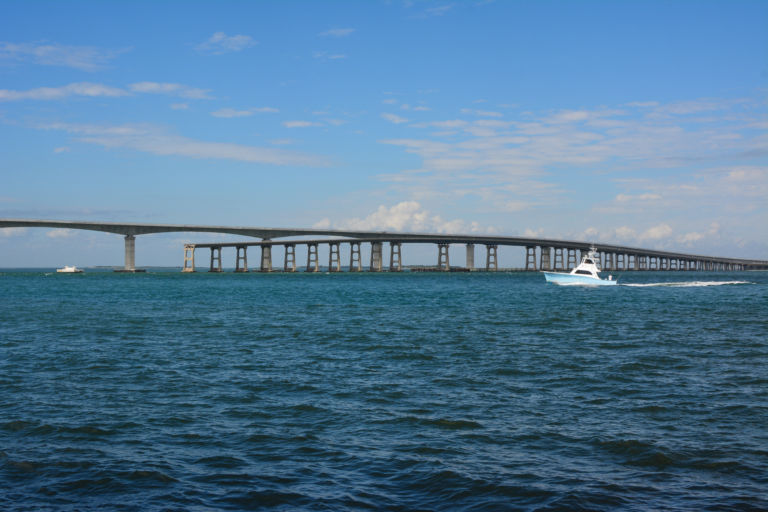Let’s just be really clear about the Build NC Bonds proposal to borrow $3 billion for roads making its way, in different forms, through the North Carolina House and Senate: it’s a bad idea.
When my colleague Becki Gray and I have commented on the proposal, we focused on voter approval, cost, and how the debt would be issued. Apparently, this led to so much confusion that, in committee meetings earlier this week, members of the legislature claimed that bonds would not be used to incur the new debt even though the name is Build NC Bonds.
Legislators meant to say that the new debt would not be general obligation bonds, the safest form of debt for investors and the cheapest form of debt for state government. With general obligation bonds, state government pledges the full faith and credit of state government to repayment, meaning it will do everything in its power to make sure investors are paid. North Carolina’s vaunted AAA bond rating (from all three rating agencies) is for its general obligation bonds. Voters must give their approval in a ballot referendum before the state can take on this kind of obligation, and voter approval is the critical missing piece from the Build NC Bonds proposal.
Build NC Bonds would be a form of “special indebtedness,” a term that applies broadly to all manner of debt state government may take on without a vote of the people. Certificates of participation, which are like a mortgage in that the property being financed serves as collateral, were the preferred form of debt between 2003 and 2008. Two-thirds bonds are new bonds that the state can issue for up to two-thirds of the value of expiring bonds. Legislators approved $306 million worth of two-thirds bonds in 2014 for repairs, renovations, and other capital projects as tax reforms kicked in, and Gov. Cooper sought $81 million worth of two-thirds bonds in his budget proposal this year. Revenue bonds pledge a stream of revenue – from the Highway Trust Fund with Build NC Bonds and tolls on the Triangle Expressway or from federal transportation payments with Grant Anticipation Revenue Vehicle (GARVEE) bonds. Because special indebtedness pledges a specific source of funds instead of any available funds, they generally entail higher risk to investors, get lower scores from rating agencies, and cost more for state government.
Voters approved $2 billion for state facilities through the Connect NC bond package in 2016. (The fact that Connect NC was for buildings and Build NC would be used for highways reminds me of George Carlin’s confusion that we drive on parkways and park in driveways.) The previous bond was in 2000 for universities and community colleges. The last time voters were asked to vote on debt for transportation was 1996. Voters have approved local bond issues across the state for schools, parks, and other needs. If there is a case for debt this time, surely voters would be open to it but only if presented in a transparent way.
Road needs, though, must be balanced with other obligations. State Treasurer Dale Folwell wrote on May 21, “It’s important for the people to understand that this additional debt is being issued at a time when we have almost $50 billion in pension and health care liabilities.” The state still has not issued 90 percent of the Connect NC bonds, meaning $1.8 billion of debt already authorized is still unused. The recently passed budget will put pressure on state finances in the future as faster spending growth pushes against temporarily slower revenue growth even as the economy extends its longest period of uninterrupted economic growth, making the next recession increasingly more imminent.
Speaking in support of the Build NC Bonds, legislators and North Carolina transportation department officials argued that a number of safeguards would be in place. The debt would be limited to 15 years in duration instead of 40 years for other bonds, the most that could be issued in any year would be $300 million, and the State Treasurer and multiple committees would have to approve the debt. With all those safeguards, it seems a small step to add one more and ask taxpayers for their approval first.


